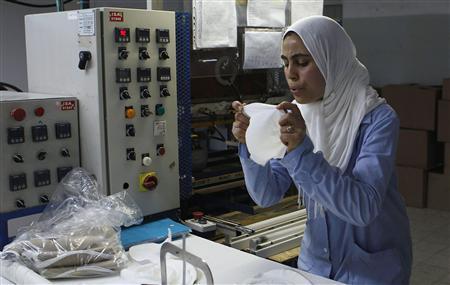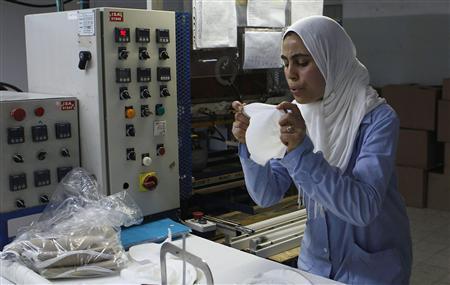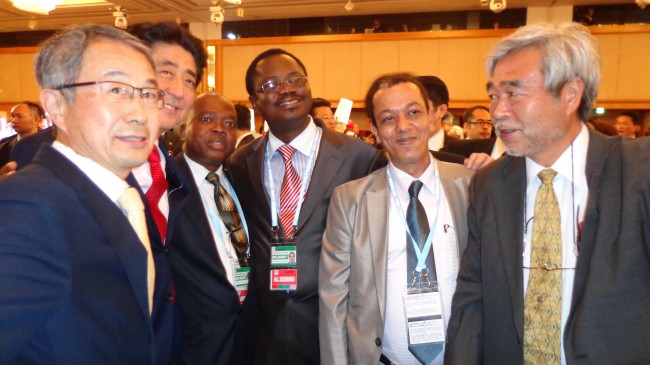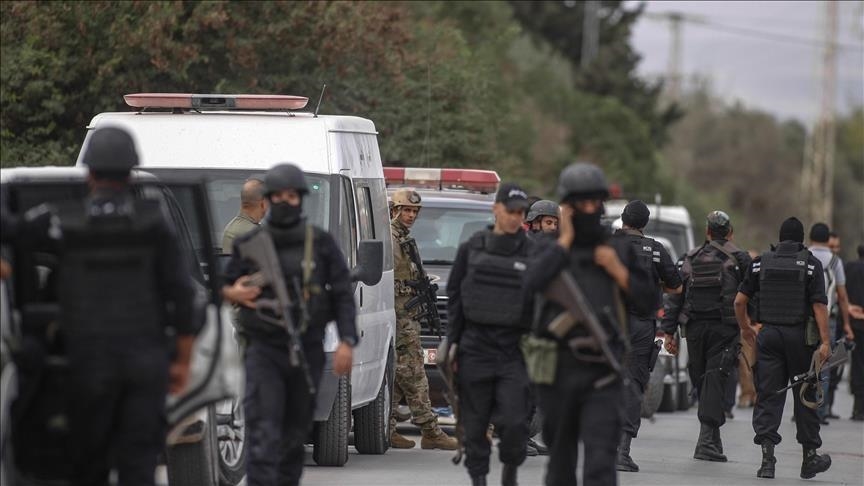When fruit seller Mohammed Bouazizi set himself on fire in December 2010 and started the first of the series of “Arab Spring” revolutions, it was not just the decade-long dictatorship that he was protesting against but also the poor state of the Tunisian economy that had been for long unable to provide its people with enough jobs. Although the situation of the labor market in Tunisia has never looked particularly rosy, the country could always rely on its two biggest sources of employment – tourism and foreign investment. 
Yet, the Jasmine revolution had left both of them paralyzed, which in turn contributed to a significant slow-down in the GDP growth rates in the country’s economy. Tunisia’s economic recovery is vital to the success of democratic transition in the country, but at the same time political stability is a prerequisite for a successful economic recovery. “You cannot separate politics from economics,” said the 2001 Nobel Prize Economist, Joseph Stiglitz, when giving a lecture at the University of Tunis earlier this year.After disastrous two years marked by social upheavals, crippled economic output and political fights, Tunisia’s economy is humbly making its way out of the anguish. This year’s predicted figures at least suggest that Tunisia’s economy should have now rebounded from last year’s minus 1.8 percent “growth” rate. Unemployment is still dire but a slight improvement is indeed present – unemployment rate in the first quarter of 2012 was pegged at 18.1 percent compared to 18.9 percent in the last quarter of 2011. The situation is especially alarming among young people between 18 and 25, about a third of whom are jobless, and among university graduates, of whom 44 percent are without prospects of finding an appropriate position. Unemployment soared following the revolution also as a result of the collapse of tourism sector, which has always been a key employer in the country. This summer, however, first tourists returned to deserted beaches and hotel lounges, which might be an augur of better days to come.
“Tourism as well as foreign investment, another important job-provider in the country, both belong to the sectors that are very sensitive to any signs of social and political instability. But security in the country is as delicate as the economic recovery itself.”
The political noise, the trade deficit with the European Union, Tunisia’s major trade partner, and the conflict in Libya producing an influx of refugees fleeing to Tunisia, all undermine the fragile stability. Despite these negative influences, the Tunisian political scene has proven to possess the will and power to fight these headwinds. In the coming months, the Constituent Assembly is to draft a new constitution and organize elections, which are both events that can stimulate the economic development of the country for many years ahead – for good or food bad, depending on how the interim President Marzouki is to steer his office. So far international perceptions have been rather ambiguous following the dismissal of the Central Bank Governor, Mustapha Kamel Nabli, in June 2012 by Marzouki without necessary consultations with Prime Minister Jebali – the result of a broader dispute between the President and the Prime Minister who have been struggling to reach a power-sharing agreement.
A Keynesian fiscal stimulus
All in all, despite the relative political instability, occasional social unrests, conflict in Libya, and the slowing demand from the euro-crisis-stricken EU, Tunisia is gradually recovering thanks to the Keynesian fiscal stimulus, monetary policy measures, and support of the international community. Money coming from international donors is used, for instance, for infrastructure programs or unemployment support program aiming to prevent the recurrence of riots and communal tension. Government has also earmarked funds for development and employment programs, increased subsidies for key sectors – apart from tourism also for the production of phosphates, of which Tunisia is the world’s fifth-largest producer.
However, Tunisia should not rely solely on the “bullet-proof” methods of economic recovery consisting of fiscal and monetary packages. It should try to spur its meek economic recovery and also take this crisis as an opportunity to act in the areas that have long been characterized by economic and social imbalance between the have and have-nots.
Entrepreneurship, for instance, marked by crippled business environment with corruption and mediocre governance, surely deserves some extra attention of the government. High youth unemployment, which is partially a result of the unfavorable business climate, is additionally caused also by a mismatch in the demand for and the supply of university graduates. As a testimony – unemployment among those holding an MA in Economics, Law or Management reached almost 50% in 2012, whereas young engineers faced “only” 25% unemployment rate – the situation that could be prevented, for example, by admission regulations to various degree programs.
“Regional disparities that ultimately touched off the unrests in the cities of Sidi Bouzid, Kasserine or Thala continue to pose a threat both to the stability in the country as well as to its development prospects.”
Indeed, Tunisia has successfully improved a number of poverty indicators, but the socio-economic disparities between Tunisian regions remain substantial. The poorest regions generally suffer from the lack of attention by the authorities with 65% of investment focused on the coastal regions that reap most of the Western money.
For decades before December 2011, Tunisia had been considered a successful development model for countries in North Africa given its macroeconomic performance and clever social management. The developments since the Dignity Revolution (as Jasmine Revolution is called in Tunisia) have shown that key socio-economic problems had long been disregarded and that the Tunisian people must brace themselves for a long haul before their quest for dignity and social justice is achieved.
Figures presented in this article come from the World Bank as well as from the African Development Bank.



